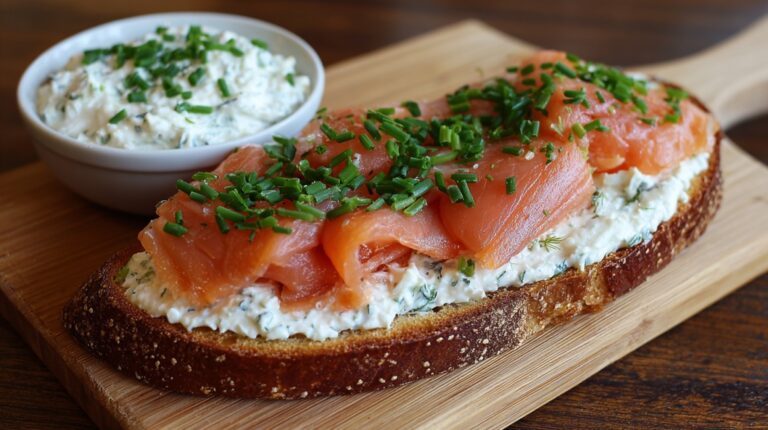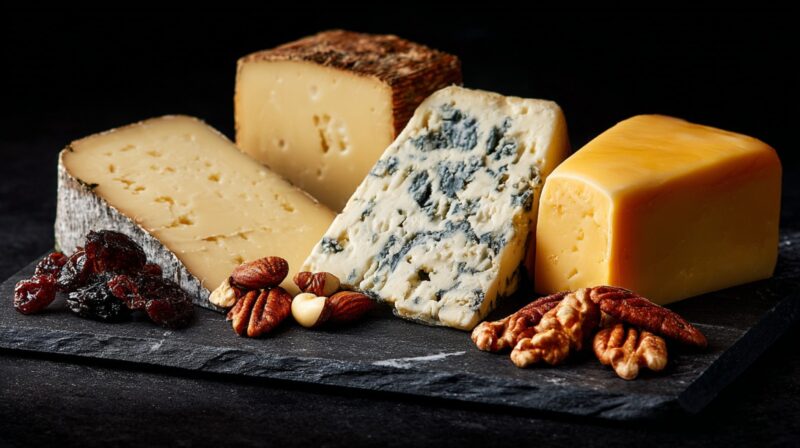
Cheese-making in Germany dates back over 4,000 years, with traditions passed down through generations and shaped by both regional ingredients and cultural preferences.
Cheese plays a central role in German cuisine, appearing at breakfast tables, in hearty main courses, and as part of social gatherings.
With over 600 varieties produced across the country, each region brings forward distinctive flavors and textures, offering a wide range for enthusiasts to sample.
For beginners, German cheeses provide an exciting and flavorful way to connect with the culinary heritage of the country.
Must-Try German Cheeses for Beginners
| Cheese Name | Texture | Flavor Profile | Best Uses |
|---|---|---|---|
| Butterkäse | Soft yet sliceable | Mild, creamy | Sandwiches, burgers, grilled cheese, casseroles |
| Allgäuer Emmentaler | Semi-hard with holes | Mild, nutty | Fondue, gratins, baked dishes, cheese boards |
| Cambozola | Soft and creamy with blue veining | Gentle blue notes, balanced | Cheese boards, fruit platters, desserts |
| Bruder Basil (Smoked Cheese) | Semi-soft | Smoky, savory | Cold platters, charcuterie, melted in savory dishes |
| Tilsiter | Semi-firm | Tangy, balanced | Sandwiches, sauces, cheese boards |
| Quark | Fresh and creamy | Mild, tangy | Baking, spreads, dips, desserts |
| Limburger or Romadur | Soft | Strong aroma, tangy, slightly bitter | Traditional snacks, rye bread with onions |
Beginners often appreciate starting with approachable flavors before moving toward stronger and more complex varieties.
The following cheeses offer a balance of accessibility and character, providing a solid introduction to German cheese traditions.
Butterkäse
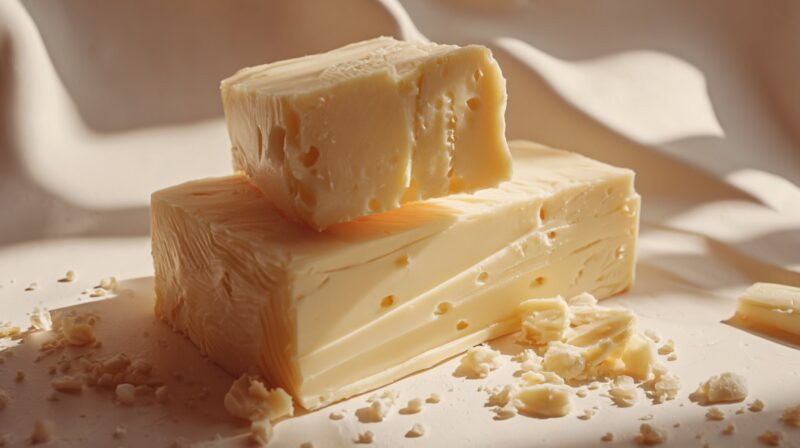
A smooth, creamy cheese with a mild flavor that appeals to a wide range of palates. Its name translates to “butter cheese,” a nod to its texture rather than its ingredients.
Ideal for sandwiches, burgers, or simply served with crusty bread. Melts evenly, making it a great choice for grilled cheese or casseroles.
- Mild, creamy taste
- Soft yet sliceable texture
- Excellent for melting
- Works well in sandwiches or as a snack
Allgäuer Emmentaler
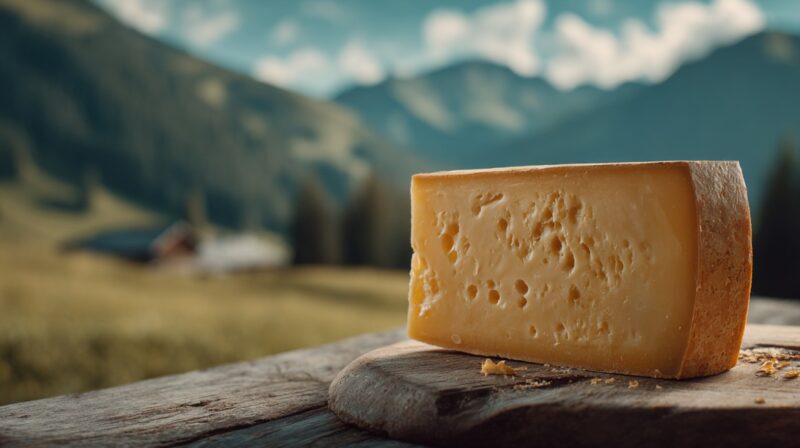
Originating from the Allgäu region, this cheese offers a mild nutty flavor and characteristic holes.
It is aged for several months, which develops a balanced taste without overwhelming strength. Perfect for melting in fondue, topping baked dishes, or slicing for cheese boards.
- Mild nutty profile
- Semi-hard texture with holes
- Great melting qualities
- Suited for fondue and gratins
Cambozola
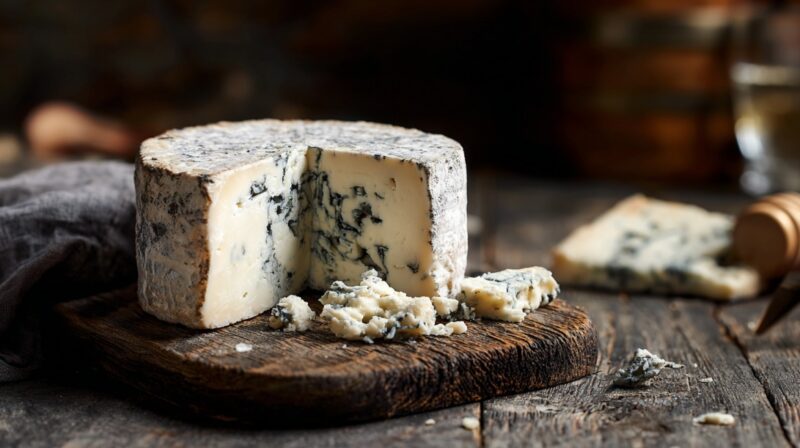
A hybrid between Camembert and Gorgonzola, offering a creamy base with subtle blue veining.
Mild enough for those hesitant about strong blue cheeses, yet still flavorful. Often served with fruit, honey, or light crackers to balance its creamy tang.
- Soft and creamy with gentle blue notes
- Balanced flavor without overpowering intensity
- Pairs well with sweet accompaniments
- Ideal for introducing blue cheese to beginners
Bruder Basil (Smoked Cheese)
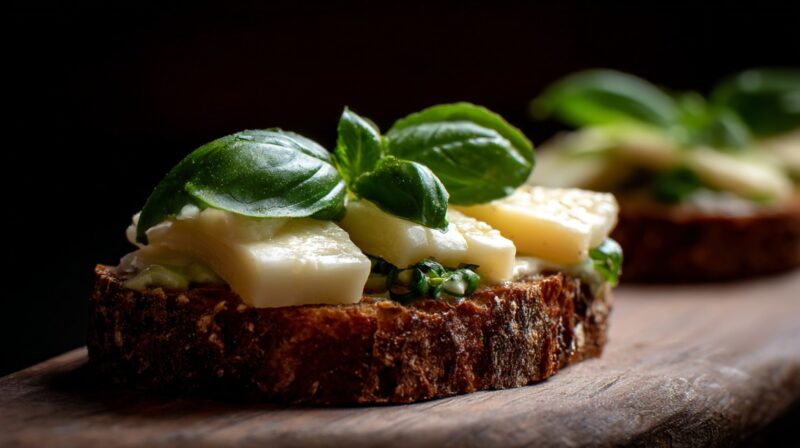
Known for its smooth texture and deep smoky aroma, Bruder Basil delivers a distinctive flavor that works beautifully with rustic breads, pickles, and cured meats.
Popular in cold platters but also suitable for melting into savory dishes.
- Smoky aroma and flavor
- Smooth, semi-soft body
- Complements rustic bread and charcuterie
- Versatile for hot and cold dishes
Tilsiter
Semi-firm with a slightly tangy taste, Tilsiter adapts well to both cold and hot dishes.
It can be sliced for sandwiches, grated into sauces, or served on cheese boards. Originating in the Baltic region and popularized in northern Germany, it offers a balance between mild and sharp.
- Semi-firm texture
- Tangy yet balanced flavor
- Works in both hot and cold preparations
- Excellent in sandwiches and sauces
Quark
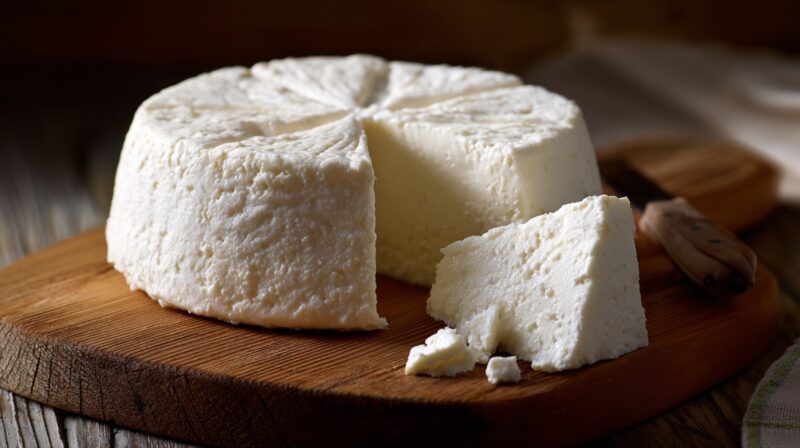
A fresh, soft cheese with a mild, slightly tangy taste. Used in sweet pastries, cheesecakes, spreads, or savory dips.
Often compared to a thicker yogurt in texture, making it a versatile ingredient in both traditional and modern recipes.
- Fresh, tangy flavor
- Creamy and smooth consistency
- Versatile for sweet and savory recipes
- Common in baking and breakfast dishes
Limburger or Romadur
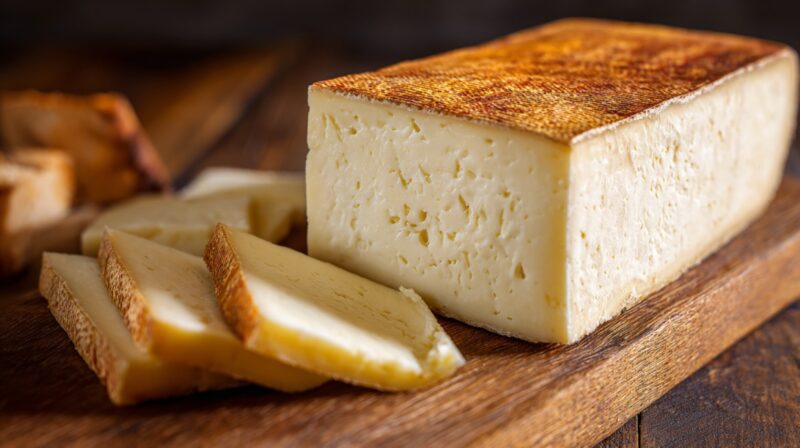
For those ready to venture into bolder flavors, these cheeses deliver a strong aroma and tangy, slightly bitter taste.
Often paired with onions, rye bread, and beer in traditional German snacks. Soft texture and distinctive scent make them memorable for adventurous tasters.
- Strong aroma with tangy flavor
- Soft, creamy texture
- Traditionally paired with onions and rye bread
- Popular with beer pairings
German Cheese Categories
German cheese production spans a wide range of textures, flavors, and preparation styles, making it easy for newcomers to explore and find varieties that suit their tastes.
Every category offers distinctive qualities that influence how the cheese is enjoyed, paired, and used in cooking.
Fresh Cheeses (Frischkäse)
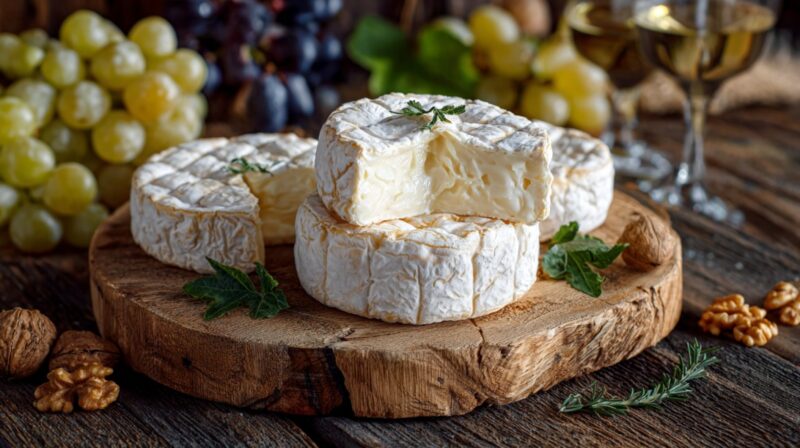
Fresh cheeses such as Quark and cottage cheese hold a special place in German kitchens due to their light, tangy flavor and smooth, spreadable consistency.
Unlike aged cheeses, these are made to be consumed shortly after production, preserving a delicate, refreshing taste.
Quark is especially beloved in German baking, forming the base for cheesecakes, strudels, and creamy desserts. In savory cooking, it blends easily into dips, dressings, or spreads with fresh herbs.
Cottage cheese serves equally well on rye bread with sliced radishes or as a protein-rich salad topping.
Fresh cheeses often take on the flavors of their accompaniments, making them ideal partners for fruit, honey, or even a drizzle of herbal oil. When used in cooking, they help balance richer ingredients while adding moisture and creaminess.
- Mild flavor
- Tangy notes
- Creamy consistency
- Spreadable texture
Soft Cheeses (Weichkäse)
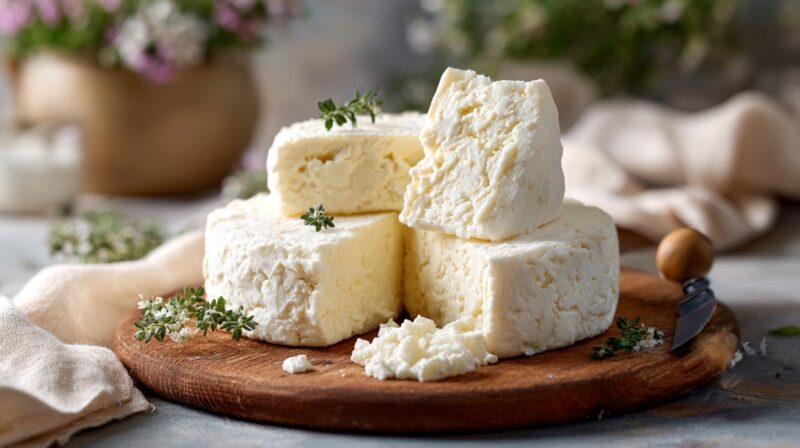
Soft cheeses such as Camembert, Brie, and Blue Brie deliver a velvety, indulgent texture and a flavor that evolves as they ripen.
With shorter aging periods, they maintain a lush creaminess and mellow flavor when young, developing more pronounced aromas and complexity over time.
Their smooth body makes them perfect for cheese platters, and when warmed, they melt into a luscious, almost molten texture that pairs beautifully with crusty bread.
Producers sometimes infuse these cheeses with garlic, pepper, or herbs, adding subtle layers of flavor. Soft cheeses work well alongside crisp white wines or light reds, as well as seasonal fruits like pears and grapes.
They also shine when baked whole, served with honey or jam for a luxurious treat.
- Creamy texture
- Rich taste
- Sometimes infused with herbs or spices
Semi-Soft and Semi-Hard Cheeses (Halbfester Schnittkäse & Schnittkäse)

Butterkäse and Tilsiter sit in the middle ground between softness and firmness, offering a range of flavors that can be gentle or pleasantly bold.
Their adaptable texture makes them easy to slice for sandwiches or shred for hot dishes.
Butterkäse is known for its mild, buttery profile that complements smoked meats and fresh vegetables, while Tilsiter brings a slightly tangy edge that adds depth to soups, sauces, and gratins.
These cheeses are valued for their versatility, fitting seamlessly into casual meals and formal presentations. Their meltability makes them ideal for toasted sandwiches, baked pasta, and savory pies.
They can also be enjoyed on a cold platter with pickles, mustard, and hearty bread.
- Mild to pronounced taste
- Adaptable texture
- Suitable for slicing and melting
Hard Cheeses (Hartkäse)
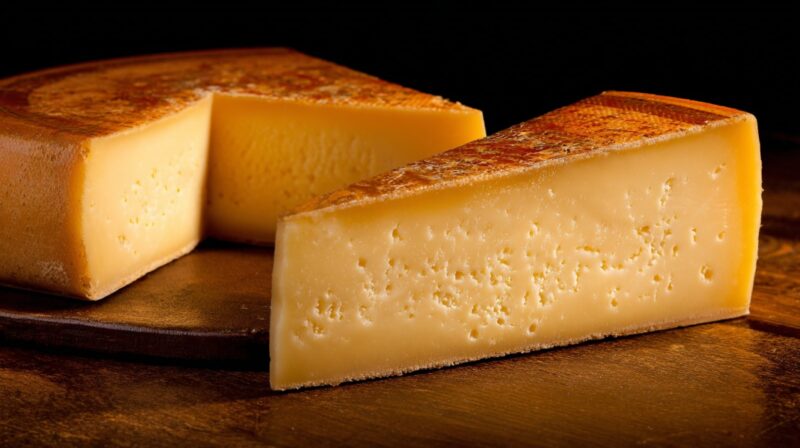
Allgäuer Emmentaler and Bergkäse represent the craftsmanship of German Alpine cheese-making. Firm, dense, and aged for months, these cheeses develop intricate flavors that range from nutty sweetness to tangy sharpness.
Extended maturation also creates a drier texture that grates easily, making them staples for finishing pasta, risotto, or vegetable dishes.
Allgäuer Emmentaler, with its mild nutty profile and characteristic holes, melts beautifully in fondues and baked recipes.
Bergkäse offers a bolder, more robust taste, perfect for pairing with dark breads, smoked sausages, and full-bodied wines. Both are also enjoyed simply sliced, allowing their natural complexity to shine.
- Firm texture
- Aged flavor profile
- Nutty or tangy taste
Blue and Washed Rind Cheeses
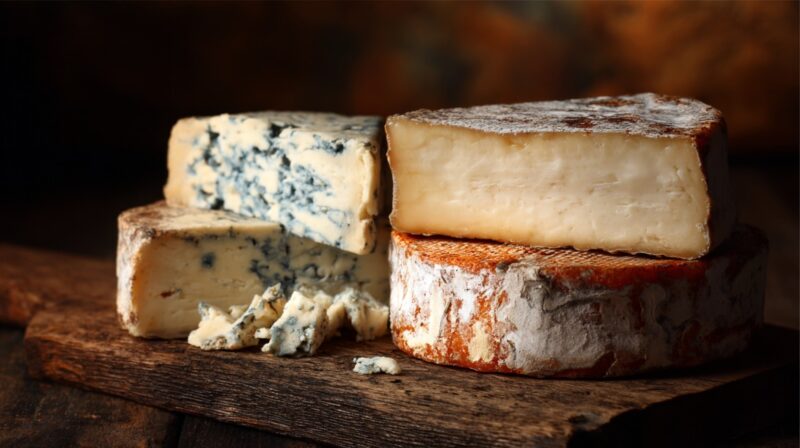
Edelpilzkäse, Limburger, Romadur, and Cambozola bring forward boldness in both flavor and aroma.
Blue varieties develop their signature veining through the introduction of mold cultures, resulting in creamy textures and earthy, tangy notes.
Cambozola blends the creaminess of Brie with the depth of blue cheese, offering a more approachable entry point for those curious about stronger cheeses.
Washed rind varieties like Limburger and Romadur achieve their signature pungency through regular brine or beer washing during the aging process. This not only deepens the aroma but also creates a supple, flavorful rind.
These cheeses pair well with robust beers, rustic breads, and pickled vegetables, balancing intensity with complementary flavors.
- Strong flavors
- Pungent aromas
- Creamy to semi-soft textures
Regional Highlights
Germany’s cheese heritage is closely tied to its geography and agricultural traditions, with certain regions developing signature styles based on local resources, climate, and history.
Each area contributes distinct varieties that reflect centuries of craftsmanship and adaptation to regional tastes.
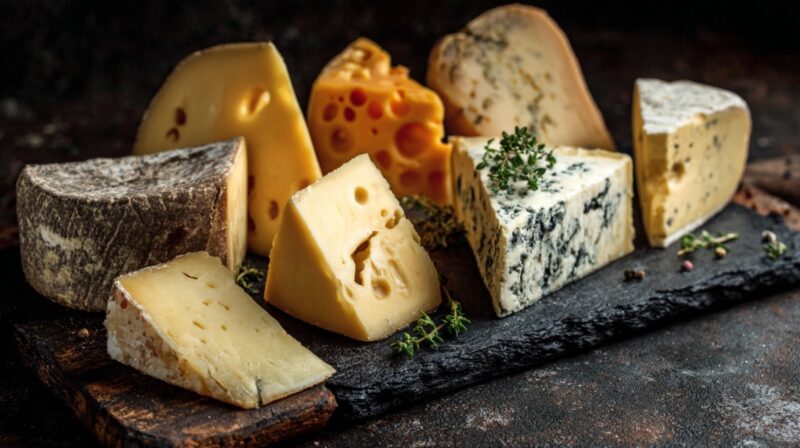
Bavaria / Allgäu Region
As the country’s foremost cheese-making hub, Bavaria, and especially the Allgäu region, is celebrated for producing some of the most internationally recognized German cheeses.
Emmentaler, Bergkäse, and Cambozola dominate production here, each benefiting from high-quality alpine milk sourced from Allgäuer Braunvieh cattle. These cattle graze on lush alpine pastures, contributing to milk with a naturally rich flavor and excellent fat content.
Producers in this area often employ traditional methods passed down for generations, combining them with modern standards for consistency and safety.
Emmentaler offers a nutty and mild taste with iconic holes, Bergkäse provides a firmer, more robust profile, and Cambozola blends the creaminess of soft cheese with the tang of blue mold cultures.
Pairings often include fresh rye bread, smoked ham, and crisp German beers, while melted forms appear in fondue and hearty alpine dishes.
Northern Germany
Coastal regions in the north are home to Tilsiter and Wilstermarschkäse, both influenced by historical trade and contact with Dutch cheese-making traditions.
Tilsiter carries a semi-firm texture with a tangy flavor, while Wilstermarschkäse presents a slightly crumbly body and distinctive taste shaped by the marshland climate.
These cheeses are often enjoyed sliced in sandwiches with mustard and pickles or served with boiled potatoes and fresh herbs.
Production in this region reflects a practical approach to cheese-making, with a focus on durability, transportability, and flavor stability for long storage.
Eastern Germany
Eastern Germany is known for Altenburger Ziegenkäse, a Protected Designation of Origin (PDO) cheese blending goat’s milk and cow’s milk. The addition of caraway seeds is a common traditional touch, offering a gentle spice that complements the cheese’s creamy tang.
Produced primarily in Thuringia and Saxony, Altenburger Ziegenkäse showcases the resourcefulness of local producers who historically adapted recipes to suit available livestock and regional preferences.
The cheese is often served with dark bread, a drizzle of honey, or alongside fresh vegetables, offering a balanced experience between tanginess, creaminess, and subtle aromatics.
Cheese Pairing Basics
Pairing cheese with beverages and accompaniments enhances flavors and creates a more enjoyable tasting experience.
Certain combinations bring out subtle notes, balance strong characteristics, or add contrast for a satisfying bite. Below are pairing ideas for beer, wine, and complementary sides.
Beer Pairings
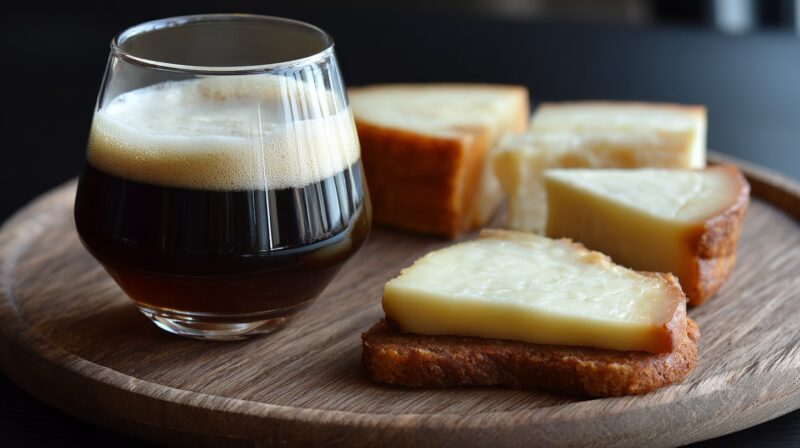
Beer has a long history in German dining culture, making it a natural companion for local cheeses. The carbonation, maltiness, and bitterness of different beer styles interact uniquely with various cheese textures and flavors.
- Limburger with dark German beer such as Dunkel or Schwarzbier, which balances the strong aroma with roasted malt sweetness
- Smoked cheeses with Rauchbier, where the smoky malt harmonizes with the cheese’s own smoky undertones
- Tilsiter with Pilsner for a crisp and refreshing counterpoint to its tangy profile
- Allgäuer Emmentaler with Helles lager for a smooth, malty complement
Wine Pairings
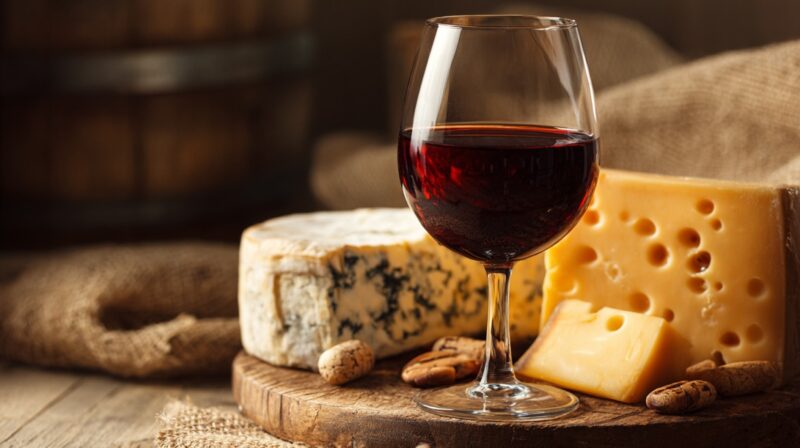
Wine can either enhance creaminess, tame sharpness, or highlight fruity and floral notes in cheese.
German wines, particularly Rieslings and Silvaners, work beautifully with many local cheeses.
- Cambozola with sweet or fortified wines such as Riesling Auslese or Port for a balance of creaminess and sweetness
- Butterkäse with sparkling wine, where the bubbles lift the cheese’s buttery richness
- Brie or Camembert with dry white wines like Pinot Blanc or Chardonnay for a harmonious blend of cream and crispness
- Bergkäse with a medium-bodied red such as Spätburgunder (Pinot Noir) for nutty, earthy synergy
Bread, Fruit & Condiment Ideas
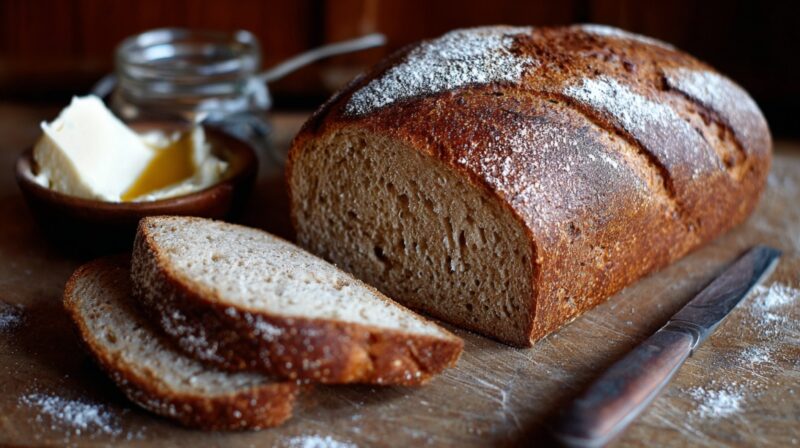
Bread and accompaniments help cleanse the palate and add complementary textures or flavors to the cheese tasting. The right pairing can transform a simple serving into a complete flavor experience.
- Rye bread as a hearty base that pairs well with both strong and mild cheeses
- Fresh apples for crisp sweetness and acidity to cut through rich, creamy textures
- Honey drizzles to offset tangy or salty flavors, especially with blue cheeses
- Wholegrain mustard for spice and depth with semi-hard cheeses
- Pickles to provide a refreshing, acidic contrast to heavier cheeses like Limburger or Romadur
Final Thoughts
German cheese offers an incredible range of flavors and textures that cater to every level of taste preference.
Beginners can start with milder options before moving to more robust varieties, discovering new favorites along the way.
Cheese tourism, particularly in regions such as Allgäu, allows travelers to connect directly with producers and appreciate the traditions behind each wheel.
Experimenting with pairings and styles can make cheese tasting a rewarding culinary adventure.
Related Posts:



